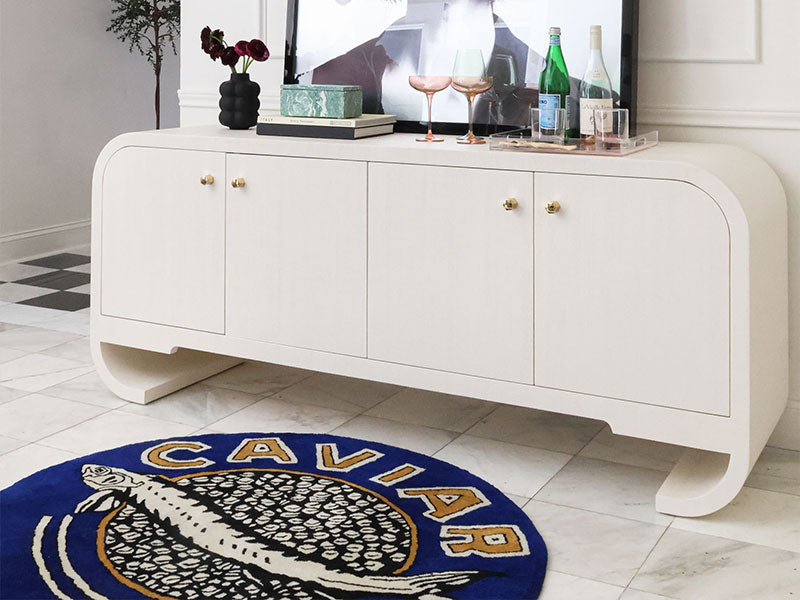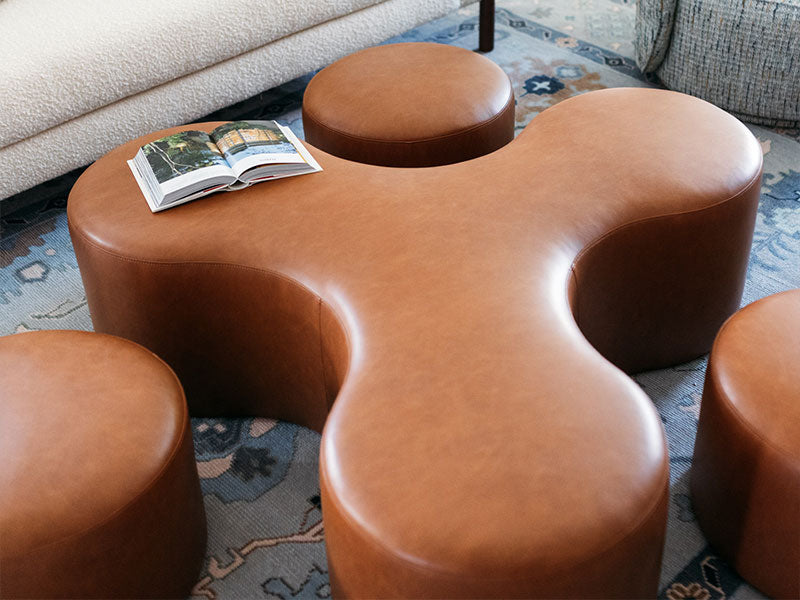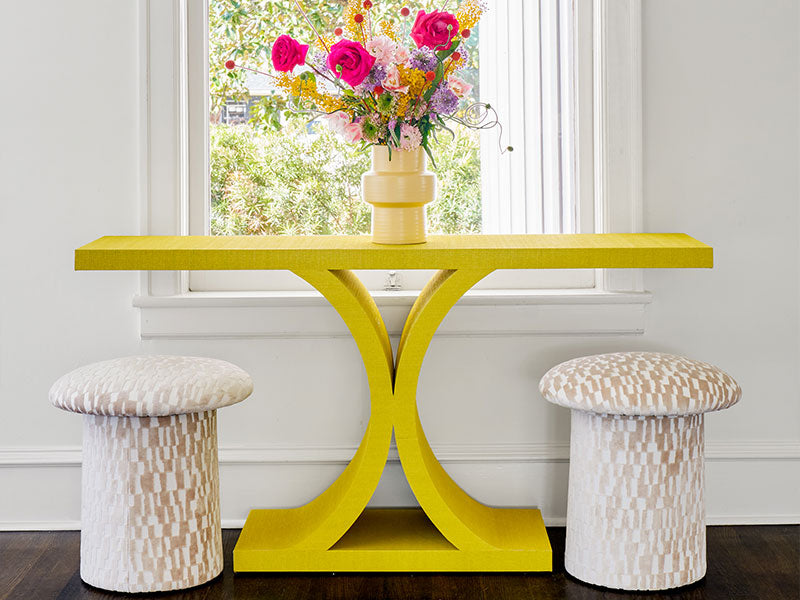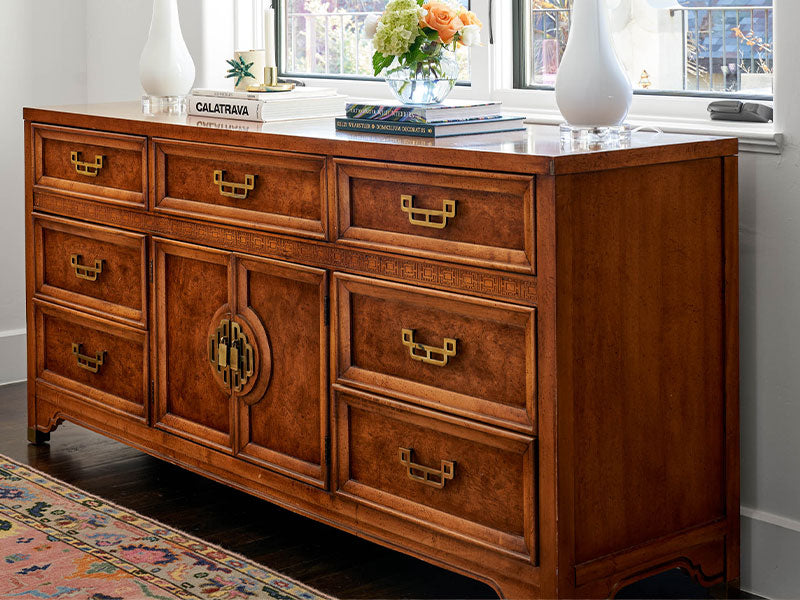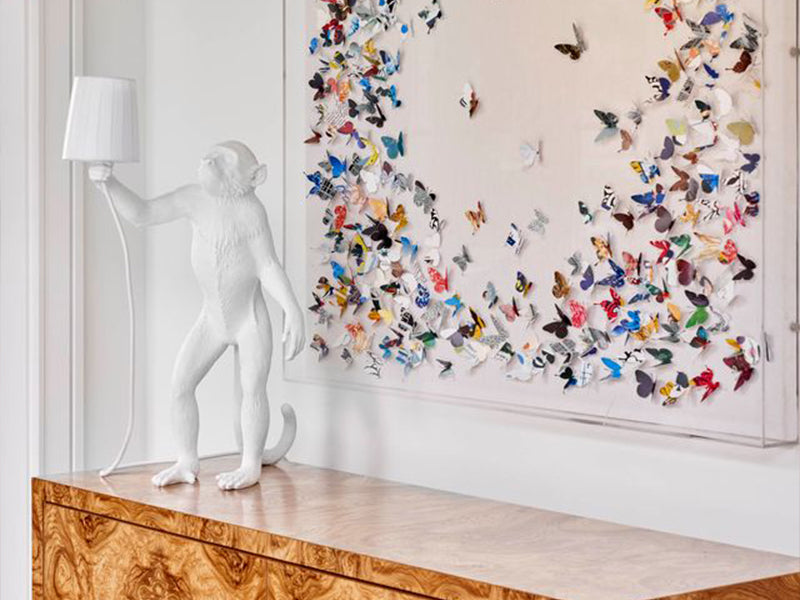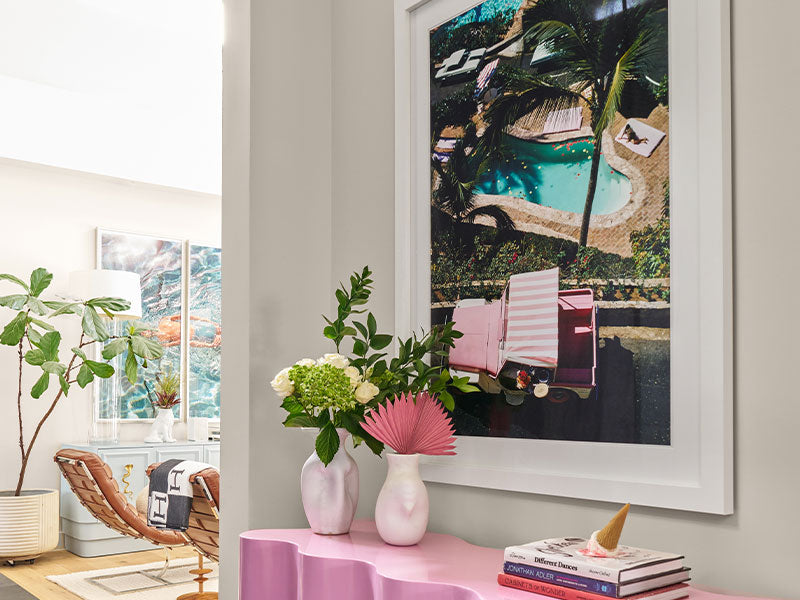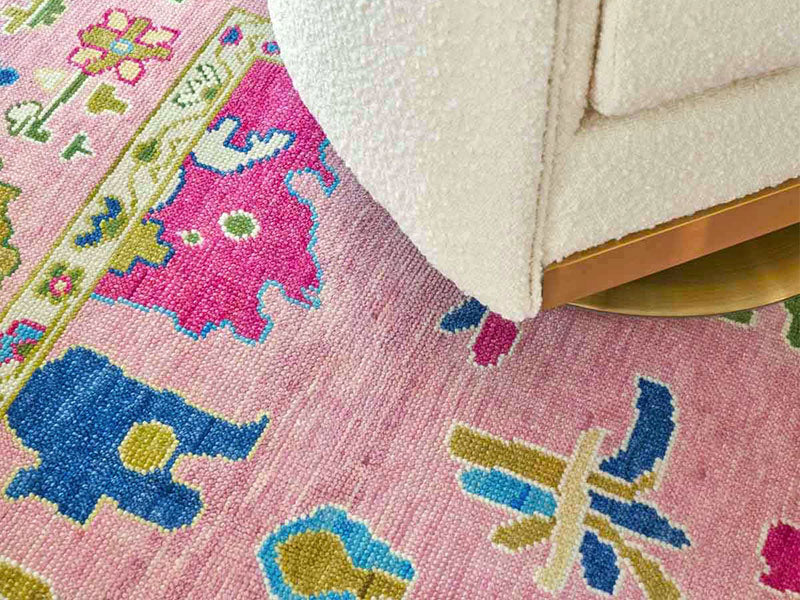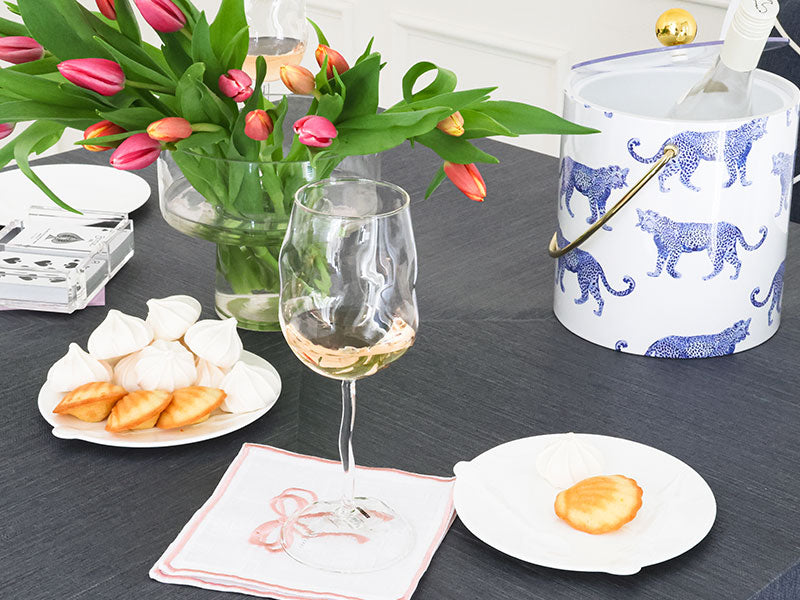Breaking It Down: The Beauty of Burl

What is burl and why do we love it?

As you can see, trees are a bit like us - they've got scars that tell a story. In the same way that carbon undergoes pressure to transform into a diamond, so must a tree undergo stress to create a burl. Whether it's a vintage before-and-after, or a metamorphosis of nature, y'all know we love a transformation!

Once a burl is harvested, it is cleaned at a processing facility and the outer bark is removed. A veneer is then created by thinly slicing or rotary cutting the burl and bonding these thin sheets together against a more stable substrate. This makes the veneer less susceptible to warping or splitting. Finally, these veneers make their way to our Dallas Warehouse, where our in-house carpentry team book matches them onto each piece of furniture to ensure a symmetrical look throughout the finish.


Our Burl Offerings


Our Mappa Burl is harvested from the European Poplar Tree and offers high-contrast visual intrigue. Featuring an array of naturally occurring wood knots and swirls.

Our Olive Ash Burl is harvested from European Ash Trees and is known for its organic movement. Visible grain lines give each veneer a distinctly dramatic look.

The Beauty of Burl?

Real talk y'all: Burl isn't just rare, it's proof that flaws can stun. Many of our burl finishes have small knots and cracks, but we don't think that these imperfections detract from a piece. Rather, we think it's these blemishes that make the wood all the more attractive. Every single piece is special, possessing a rustic beauty that can only be found in nature. Our team takes care to ensure that none of the knots or cracks affect the integrity of a burl veneer.

So the next time you're admiring a burl finish, recognize that there's never been (and never will be) a piece exactly like the one you're seeing. And THAT is something to cherish.
● ● ● ● ●

Sources:
- https://www.cb2.com/blog/burl-wood-furniture/
- https://blog.inspireuplift.com/burl-wood/
- https://www.jsowoodproducts.com/all-that-you-need-to-know-about-burl-wood-veneer/
- https://www.globalwoodsource.com/blog/everything-you-need-to-know-about-burl-maple/
- https://redwoodburl.com/burl-wood/
- https://schoolofwoodwork.com/burls-on-the-lathe/
- https://www.allwood.co.uk/news/wood-veneers
- https://extension.unh.edu/blog/2022/01/mystery-tree-burls


